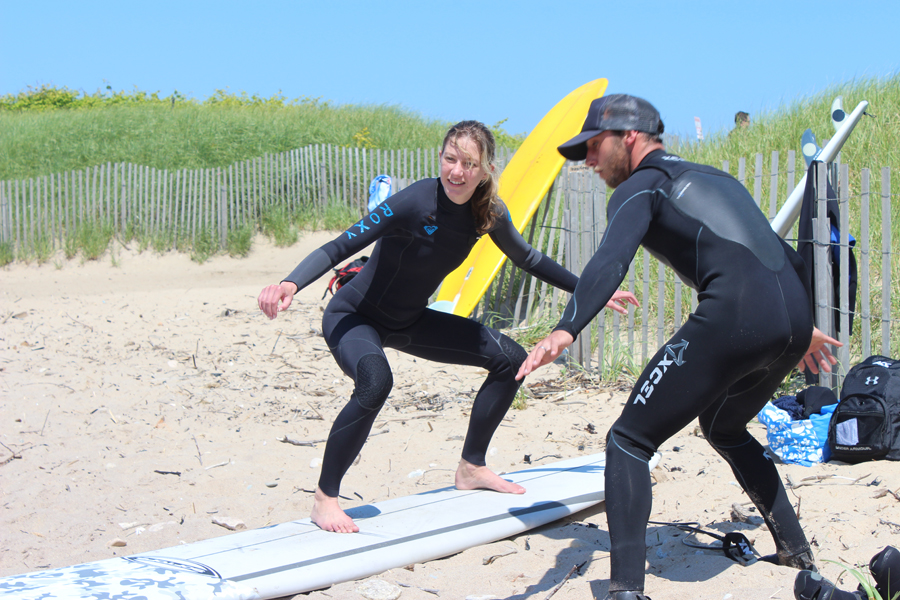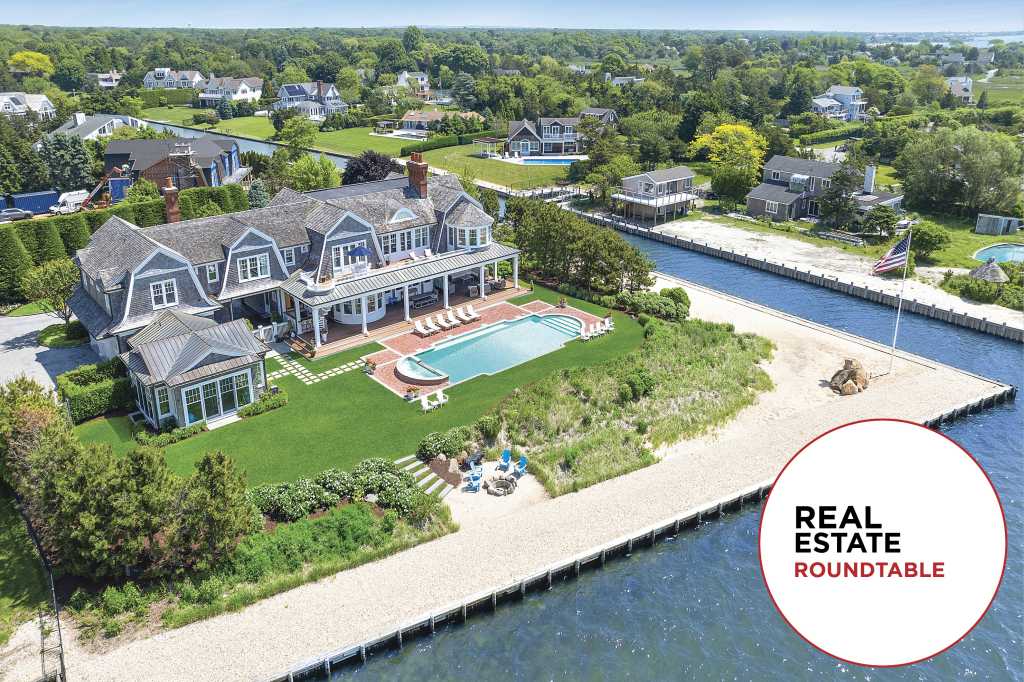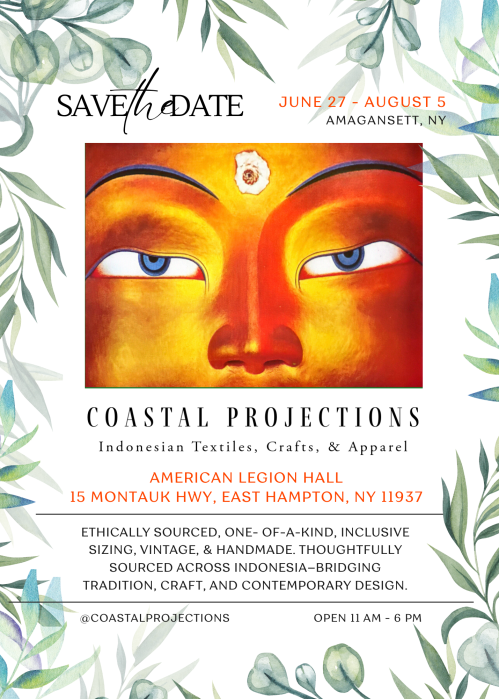Ditch Diary: My First Time Surfing in Montauk

There’s nothing like the energy of catching a wave. You first spot the perfect one in the distance, position yourself correctly, and paddle hard. Then, the wave picks you up. You feel its energy underneath your board, indicating the exact moment when you can stop paddling, as the wave and your board become one force. Before you have time to think about how fast you’re racing down its face, you’ve popped up, and you’re surfing.
At that moment, I remembered the directions I had received from Corey Senese of CoreysWave, a surf instruction company based in Montauk, a few minutes before, “Look where you’re going, not down at the board!” And then I fell, got rocked by some white water, and paddled out for more.
I was hooked. Three hours earlier, that moment was only a pipe dream. I woke up an hour west of Montauk, eager to cross “surfing at Ditch Plains” off of my summer bucket list. Though I’d only tried surfing once before, I’d been seduced by the idea of surfing Ditch for years. The spot is consistently named one of the top breaks on the East Coast, with the rocky shoreline and horseshoe-shaped curve of the landscape creating a very surfer-friendly cove, particularly for long boarders.
Before I began my drive to Montauk that morning, I did a quick check of my email to find that Corey’s wife, Kristin, who surfs and runs the business side of the operation, had emailed me to say that the waves at Ditch were a little bigger than they typically recommend for beginners. It’s nothing a strong swimmer couldn’t handle, she said, but she just wanted me to be aware.
A quick glance at the sunshine, the first day that actually felt like summer since last September, confirmed my decision. With slightly more tempered excitement, I was going to Montauk to surf Ditch Plains.
Half the fun of heading out East is the drive. The air smells different; the scenery is much more relaxed. As you crest the final hill of Old Montauk Highway, the sweeping view of the downtown area and the rolling waves of the Atlantic mean that you’ve made it. Town was just waking up on that early summer Wednesday, the haze melting off of the streets and sidewalks as I passed through Main Street to make the final push to Ditch Plains beach.
Given that I didn’t have an East Hampton Town sticker, Corey and Kristin kindly set up a place for me to park, and I met them down at the beach. Corey grew up surfing in southern California and Montauk, and he brings his years of expertise to his lessons. With a team of instructors, CoreysWave offers surf lessons, stand-up paddleboarding lessons, parties and events, and a kids’ surf academy. New this year, CoreysWave has partnered with the East Hampton YMCA to bring no-cost surf lessons to kids involved in the Y’s Sports/Swim camp and the Leaders Camp.
Eager to begin my lesson, Corey started by helping me master a few pop-ups on shore, before we scouted the breaks. For as thrilling as it is to ride a wave for those few joyous seconds—or, if you’re lucky, many joyous seconds—much of surfing is spent waiting and watching, allowing the suspense to build and making the ride that much sweeter. Our instruction started on the sand, where Corey noted where the waves seemed to be smallest, making for an easier paddle out; and then the area where we would head to catch our waves, once we were past the breakers. He immediately recognized the rip currents and the one rock at Ditch Plains that is located farther from shore than the others, pointed out that those were areas that we were going to avoid.
Forcing myself to focus was difficult, as I could feel the pull of the ocean only a dozen or so feet away. But I secured a few pointers from Corey before I paddled out, in addition to becoming comfortable with the all-important pop-up. Namely, keeping the board perpendicular to the wave. When faced with a crashing wave, push up on the board to let the white water rush between you and the board. If you find yourself off the board—which happened to me a lot—grab the nose and bring it under the wave as you dive. And if you fall off, try to fall backwards. You’ll fall into the wave, which is the deepest part.
The paddle out was more difficult than I thought it would be. It’s funny how waves that appear to be gently rolling into an innocent beach bystander become massive forces of rushing water when you’re a small blip of a surfer on the ocean’s radar.
I’ve never considered myself a particularly strong swimmer. I’m more of a strong floater who is very comfortable in the ocean. But it’s crazy how fun it is to take whitewash to the face. It’s a cardio rush, combined with the thrill of the unpredictability of what’s going to happen next. My dad once told me to never turn my back on the ocean. It’s a lesson that serves a surfer well.
Once past the breakers, positioning is important, but not as static as I would have thought. Corey explained that you can paddle into any number of waves, provided you can quickly turn your board into a wave. Waves can be found anywhere, and there is a surprising amount of time to paddle to the left or right to catch them.
After two hours, I was “wiped out” in the most real sense of the word. I had caught a number of waves, riding one almost all the way into the short. The thrill only intensified with each ride.
Still high from my excursion, I returned to Southampton only to realize that I had left my wetsuit on the beach. Crushed, I called Kristin, who promised she would scour the beach the following day. But I needed to check for myself, so I headed back to Montauk at 6 the following morning. Though the search proved futile, I left my phone number with the Ditch Witch food truck, on the chance someone returned it. But an hour later, I had a text from the Ditch Witch. My wetsuit was back, highlighting another thing I love about the surfing community. Surfing is pure, natural and good. And so, apparently, are the surfers who grace Ditch Plains shores.
For more info and to book a lesson with CoreysWave, visit coreyswave.com, or contact them at 516-639-4879 and info@coreyswave.com.









